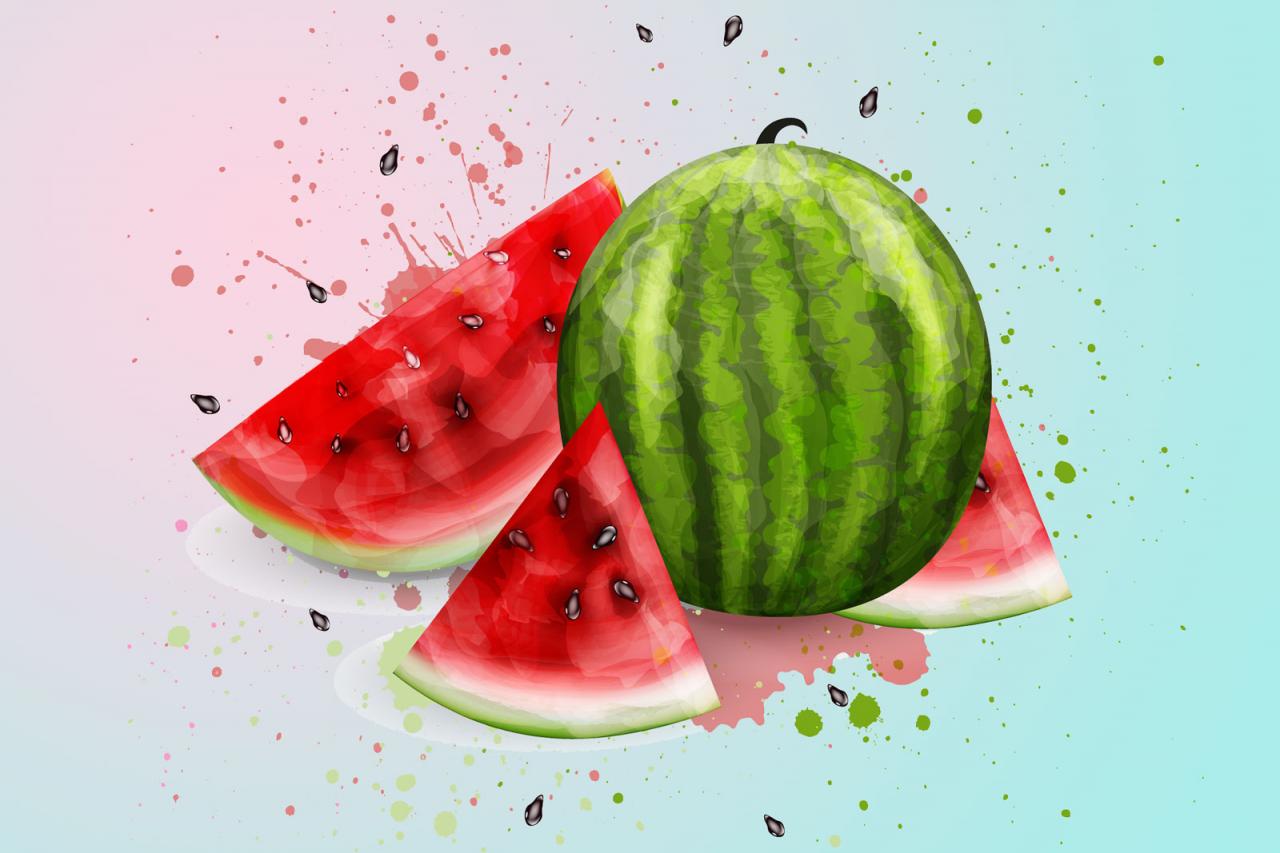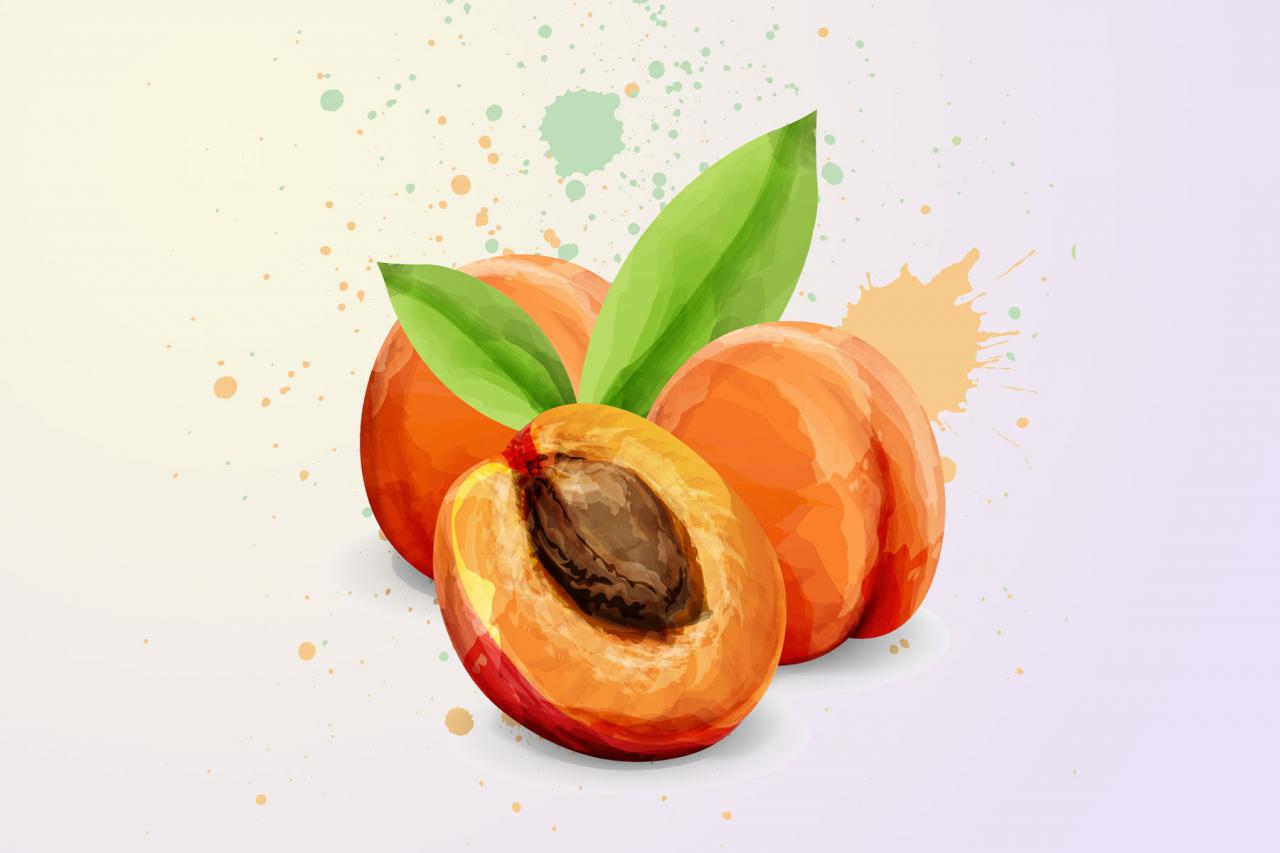
On the one hand, the presence of diabetes does not automatically imply a ban on fruit consumption – it is only recommended to take into account the content of fast carbohydrates (and, therefore, the size of the portion). On the other hand, fruit juices and fruit-based sweets are not allowed.
At the same time, nutritionists emphasize that a complete rejection of fruits is a risky decision from the point of view of proper nutrition¹. The composition of fruits contains not only vitamins and minerals, but also antioxidants – flavonoids , which are necessary for the functioning of the brain and cardiovascular system.
Fruits for diabetes
Diabetes mellitus is a group of metabolic disorders associated with the body’s inability to produce (or use correctly) the hormone insulin, which is responsible for the processing of carbohydrates. In type 2 diabetes, blood glucose levels can rise to dangerous levels, damaging your health.
In practice, the presence of diabetes requires control over the amount of fast carbohydrates (primarily glucose and fructose) in a serving, as well as attention to the glycemic and insulin index of foods. The higher these indices, the faster food is processed into glucose and increases blood sugar.
It is important to note that for people with diabetes (and prediabetes), eating moderate amounts of fruit is clearly preferable to eating sweets with added sugar¹. The fiber in fruits balances the effects of carbohydrates.
Fructose – good or bad?
Fructose is a fast carbohydrate found in fruits and a key ingredient in regular table sugar. Unlike glucose (the second component of sugar), which requires a special enzyme to be absorbed, fructose is more easily converted into energy. It is absorbed in the colon and then transported to the liver.
The glycemic index of fructose is about three times lower than the GI of glucose – that is, it raises blood sugar levels three times slower. However, the human body is able to process only a limited amount of fructose (usually no more than 25 g).
Norms and recommendations of carbohydrates

The recommendations of the World Health Organization are that the diet of people with diabetes should contain a maximum of 50-55% of calories derived from complex carbohydrates – and no more than 5% from simple carbohydrates. At the same time, even for healthy people, fast carbohydrates and sugar should be limited to 10%.
The dietary norms of the Ministry of Health of the Russian Federation are similar – 22 g of sugar per day for people without diabetes. The real consumption figure, unfortunately, is 110 g, which is the primary health problem of the population.
Among other things, diabetes needs to consider the glycemic index of the food (in simple terms, the rate at which the food raises blood glucose levels), as well as the glycemic load (depends on the total amount of carbohydrates in the serving).
Low Carb Diet and Diabetes Reversal
Current scientific research suggests that a low-carb diet is an easy way to control blood glucose levels that can reverse type 2 diabetes. Often, the effectiveness of avoiding carbohydrates exceeds the potential of action of tableted glucose-lowering drugs.
On average, after 6 months of carbohydrate restriction, the effect was observed in 60% of the subjects. Usually we are talking about a maximum dose of 100-150 g of carbohydrates per day (about 20-25% of the total calorie intake).
However, before starting a low-carb diet, we recommend that you consult with your healthcare professional to determine the daily carbohydrate intake you need.
Which fruits are allowed and which ones are prohibited?

Berries, citrus fruits, watermelon, melon, avocado, and coconut are the fruits with the lowest sugar content and the highest water content. Their use (in moderation) may be acceptable for diabetes, as long as it does not contradict the advice of your doctor.
// Fruits with the lowest amount of carbohydrates per 100 g:
- Strawberry – 8 g
- Raspberries – 8 g
- Blackberries – 8 g
- Blueberries – 9 g
- Melon – 9 g
- Avocado – 9 g
- Coconut – 12 g
- Lemon – 9 g
- Plum – 12 g
- Watermelon – 12 g
- Blueberries – 12 g
- Cherries – 13 g
- Grapefruit – 13 g
- Kiwi – 13 g
Sweet fruit
Sweeter fruits (listed below) are allowed in diabetic diets only if tight blood sugar control is not required. And, once again, we remind you that they can be eaten only in small quantities.
Sweet fruits (carbohydrate content per 100 g):
- Banana – 20 g
- Grapes – 17 g
- Persimmon – 17 g
- Sweet oranges – 14 g
- Pineapple – 14 g
- Mango – 14 g
- Papaya – 14 g
- Pomegranate – 14 g
Dried fruits for diabetes
The most popular types of dried fruits are raisins, dried apricots, figs, dates and prunes. Unfortunately, they contain too many fast carbs and are not recommended for diabetes.
Other fruits (pineapples, mango, kiwi, papaya, ginger, strawberries and other berries) lose their shape when dried, so they are not dried at all, but caramelized in syrup.
Often, such dried fruits contain up to 70-80% pure sugar in their composition – and are strictly prohibited.

